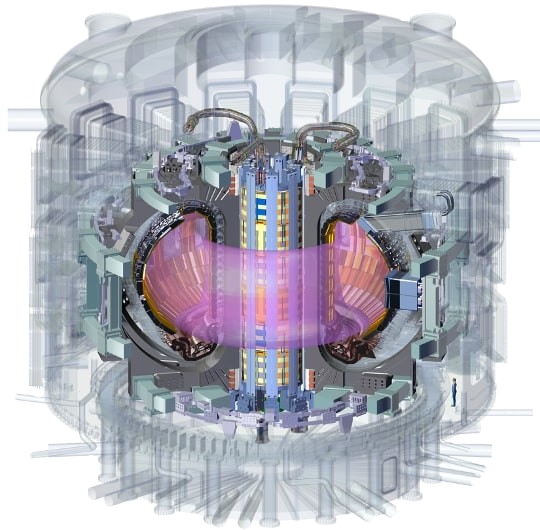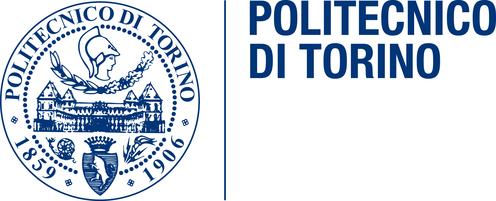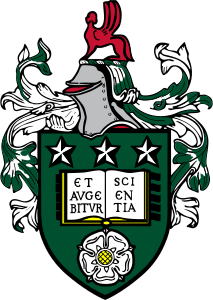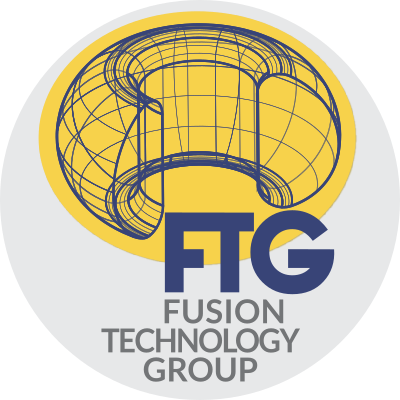Description

The plasma inside the ITER Tokamak.
Source: www.iter.org
The Fusion Technology Group (FTG, http://ftg.demokritos.gr) aims to contribute significantly in the worldwide effort for the utilization of fusion as a safe, abundant and clean energy source.
Fusion is the nuclear process that generates energy in the Sun and the stars. It involves the reaction between light atomic nuclei which fuse together to form a heavier nucleus releasing at the same time a large amount of energy. Harnessing this energy source here on earth presents significant scientific and technological challenges.
The European Roadmap to Fusion Energy describes in detail the approach of the European fusion research community towards the goal of commercial electricity from fusion. FTG is an active part of this community, making decisive contributions in the two pillars of the European Fusion Project (EUROfusion):
- Efficient preparation of ITER experiments through the Joint European Torus (JET) exploitation and
- Development of concepts for the future fusion power demonstration plant DEMO.
Furthermore, FTG leads the Fusion Technology Program of the Greek National Program of Controlled Thermonuclear Fusion and co-ordinates the NCSR “Demokritos” Fusion Technology Research Team consisting of scientists from INRASTES, the Institute of Nuclear and Particle Physics (INPP) and the Institute of Nanoscience and Nanotechnology (INN) integrating the relevant research facilities of these Institutes in the research activities of FTG.
The research expertise and infrastructure of FTG come under two main headings:
- Materials at Extreme Environment and
- Radiation Physics.
The research activities of the group include development of neutron detectors, neutronic, Monte Carlo transport and activation calculations, radiation damage studies of materials induced by neutrons and fast ions, experimental validation of radiation effects modelling, understanding the interaction between plasma and plasma facing materials, and plasma diagnostics. Furthermore, FTG’s expertise and infrastructure are also applied to different research areas such as thermal protection systems for aerospace applications, joining of dissimilar materials for high temperature applications, nanotechnology, archaeometry studies, etc in strong collaboration with research groups from European Institutes, Industry and the other NCSR-“Demokritos” Institutes.
Media Gallery of Fusion Technology Group
People
Infrastructures
Latest Grants
Proud to Collaborate with

Spain

Italy

United Kingdom

Saclay, France

United Kingdom

Warsaw

Romania

Belgium
Germany

United Kingdom

Madrid, Spain

The Netherlands

Italy
Austria

Sweden

France






